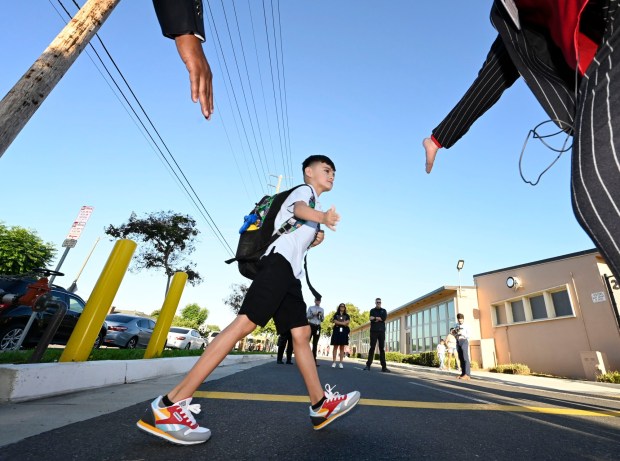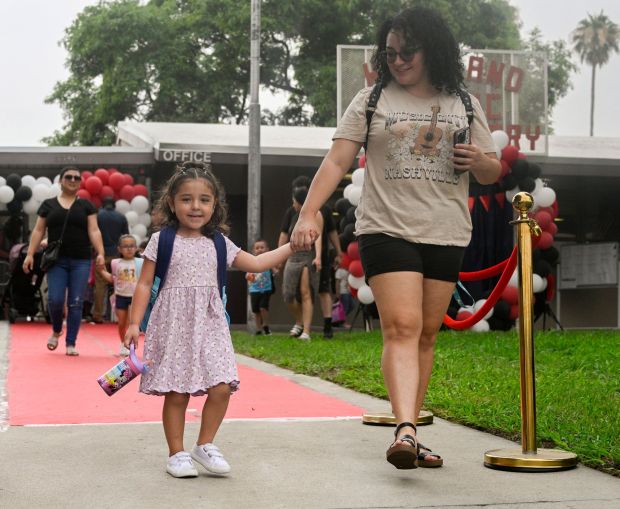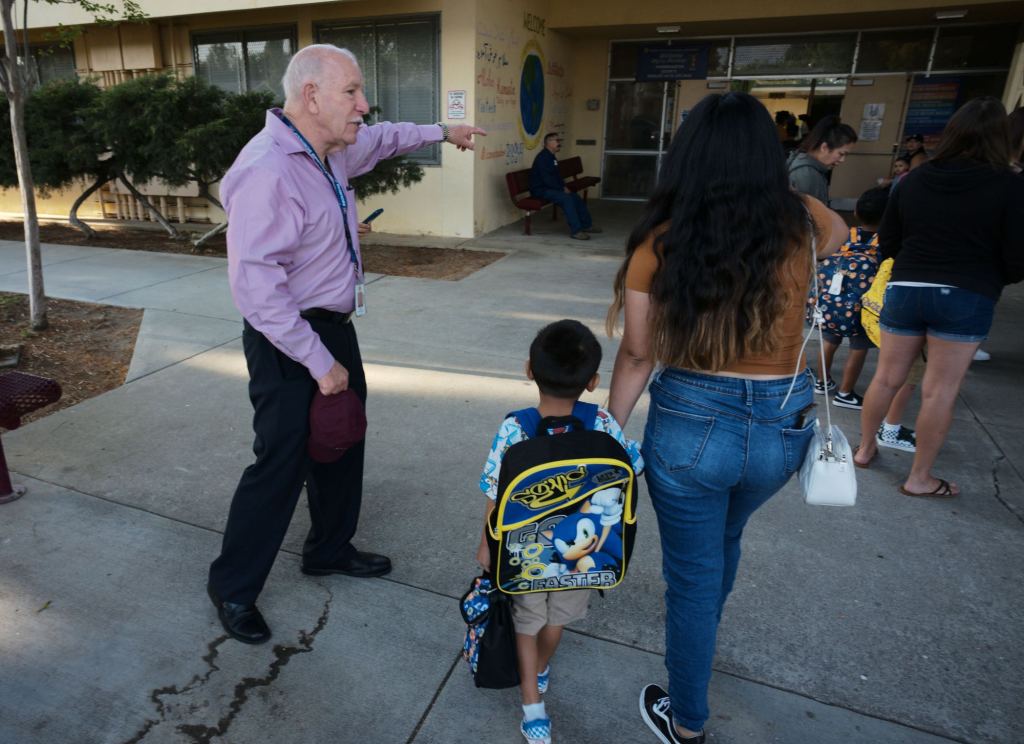As a new school year gets underway in California, districts are desperately trying to lure thousands of missing, tardy and truant students back to the classroom in what many view as a pivotal moment for education in California.
In 2021-22, 30% of students in California’s public schools were chronically absent, an all-time high and more than three times the pre-pandemic rate. In the Los Angeles Unified School District, an urban district with a high concentration of low-income students, around 46% of students were chronically absent in the 2021 to 2022 school year.
Long Beach Unified School District’s chronic absenteeism rate, meanwhile, was better than LAUSD’s, but not by much — at about 37%. Pasadena Unified School District’s, according to state data for the 2021-22 school year, was at about 35% and the rate at the four Whittier school districts ranged from around 26.5% to 37%.

Overall, Los Angeles County’s chronic absenteeism rate was more in line with the state as a whole, at about 32%. Orange County’s chronic absenteeism rate was about 21%, Riverside’s was about 33% and San Bernardino’s was nearly 35%.
San Bernardino City Unified, the ninth-largest school district in the state, had a 43.1% chronic absenteeism rate in the 2021-22 school year, and is continuously working to reduce that figure with several tailored strategies, including Fear of Missing Out, or FOMO, events, home visits and enhanced engagement methods in the classroom.
Not every school district in the region, though, has as severe a problem as SBCUSD, LAUSD or LBUSD. In the South Bay, for example, Torrance Unified’s rate was 13% in 2021-22 and Redondo Beach Unified’s was about 15%, state data shows. And in Orange County, Fullerton Elementary School District had a 12% chronic absenteeism rate.

In the Inland Empire, the Corona-Norco Unified School District, the largest district in Riverside County, had a 21.8% rate for K-8 students, nearly 10% lower than the state…
Read the full article here







